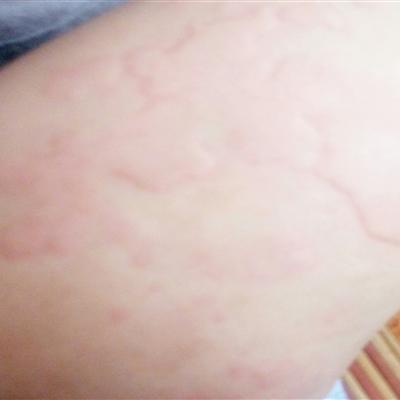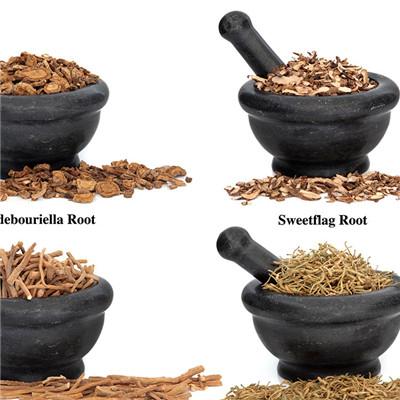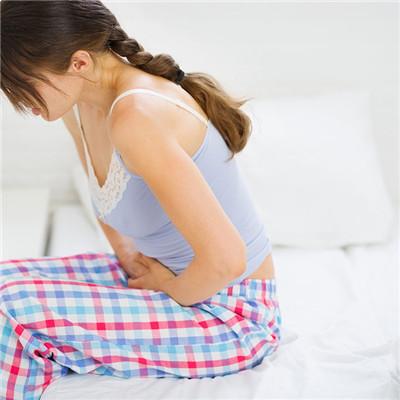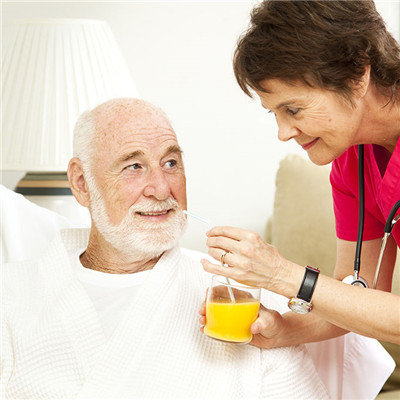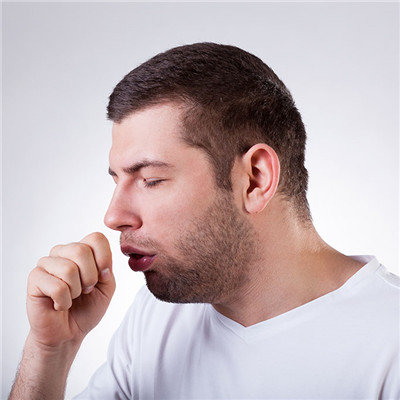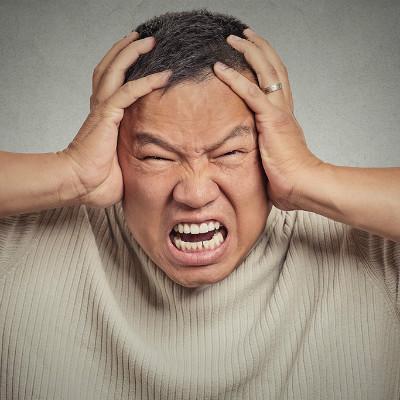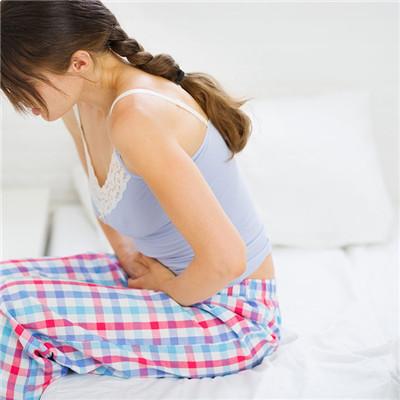How does knee joint effusion form?
summary
Synovitis is a common clinical disease, the main symptom is knee joint effusion. Knee joint is composed of medial and lateral condyles of femur, medial and lateral condyles of tibia and patella. It is the largest and most complex joint in human body, and has more chances of injury and infection. How does knee joint effusion form? Let's talk about it
How does knee joint effusion form?
Knee joint is the joint with the most synovium, the largest articular surface and the most complex structure. Because the synovium of knee joint is extensive and located in the superficial parts of the limbs, it has more chances of injury and infection. The synovitis of knee joint is a group of syndrome caused by sprain of knee joint and a variety of intra-articular injuries.
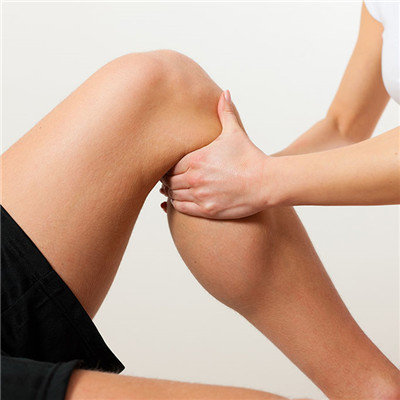
Such as meniscus injury, synovium injury, cruciate ligament or collateral ligament injury, intra-articular injury and dislocation, knee osteoarthritis secondary to chronic synovitis and joint free body. Another reason is infection, of which the common one is synovial tuberculosis. Generally speaking, the synovial blood vessels are rich, the blood circulation is good, and the resistance to bacteria is strong. However, in the case of tuberculosis infection, the progress of the disease is relatively slow, and the symptoms are sometimes good or bad. This is one of the chronic synovitis of the knee joint.
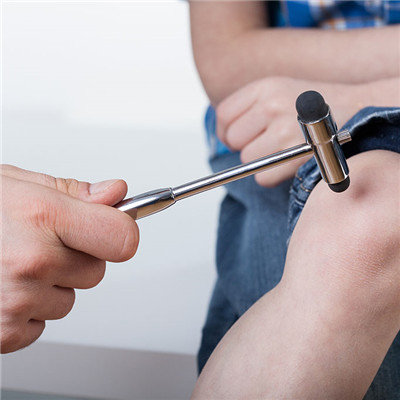
Knee synovitis, in the elderly, is mostly secondary to knee osteoarthritis, mainly due to mechanical biochemical stimulation caused by cartilage degeneration and bone hyperplasia, secondary knee synovial edema, exudation and effusion. In the young and middle-aged people, most of them are caused by acute trauma and chronic injury. Acute trauma includes: knee joint sprain, meniscus injury, collateral ligament or cruciate ligament injury, intra-articular effusion or sometimes hematocele, presenting as acute traumatic synovitis of knee joint.
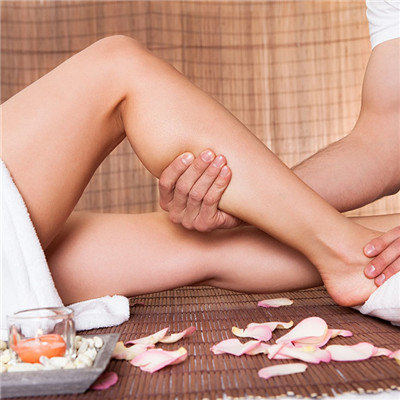
matters needing attention
Early should lie in bed rest, raise the affected limb, can use elastic bandage pressure bandage, and prohibit weight-bearing. During the treatment, we can do quadriceps relaxation and contraction exercise. In the later stage, we should strengthen the knee flexion and extension exercise, which has a positive effect on eliminating joint effusion, preventing quadriceps atrophy, preventing recurrent synovitis, and recovering knee flexion and extension function.
